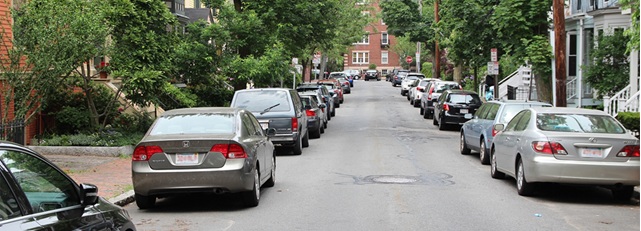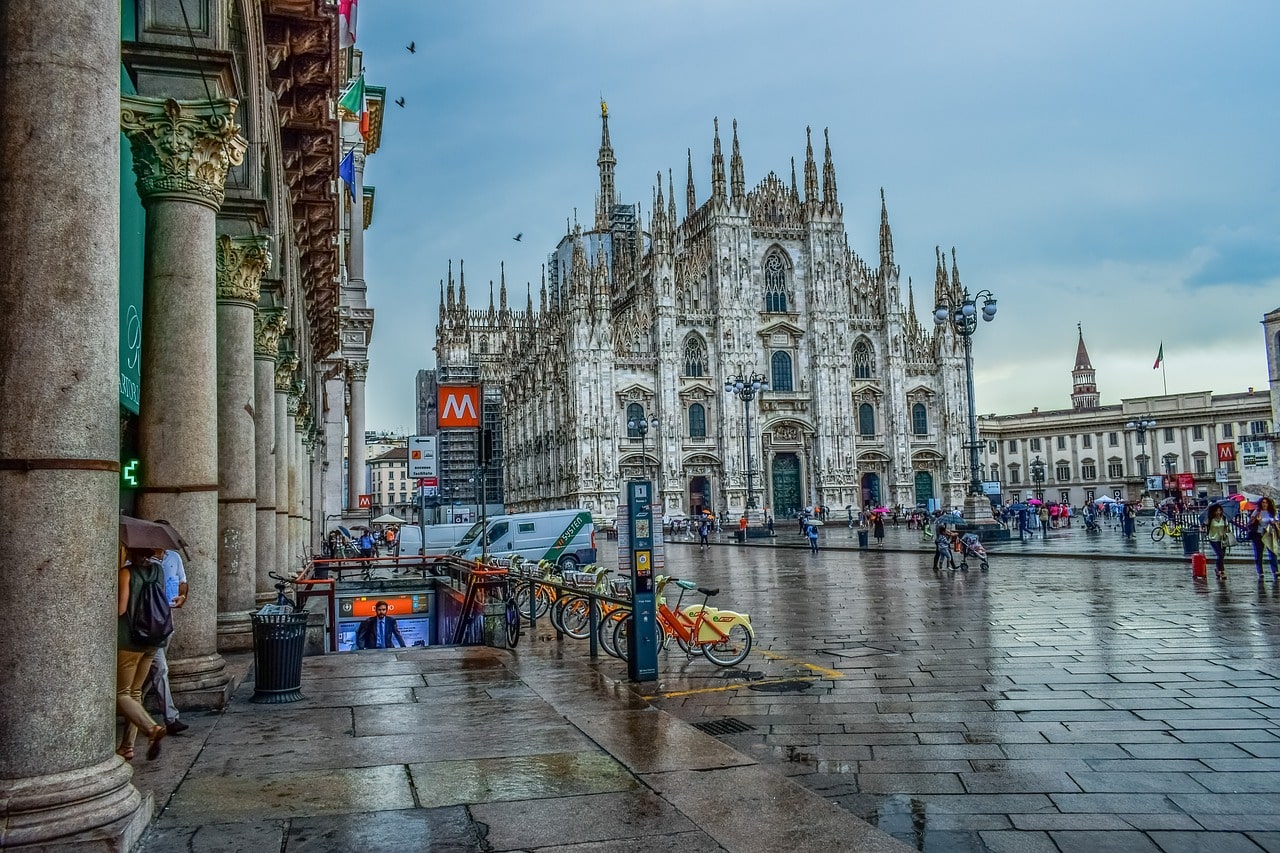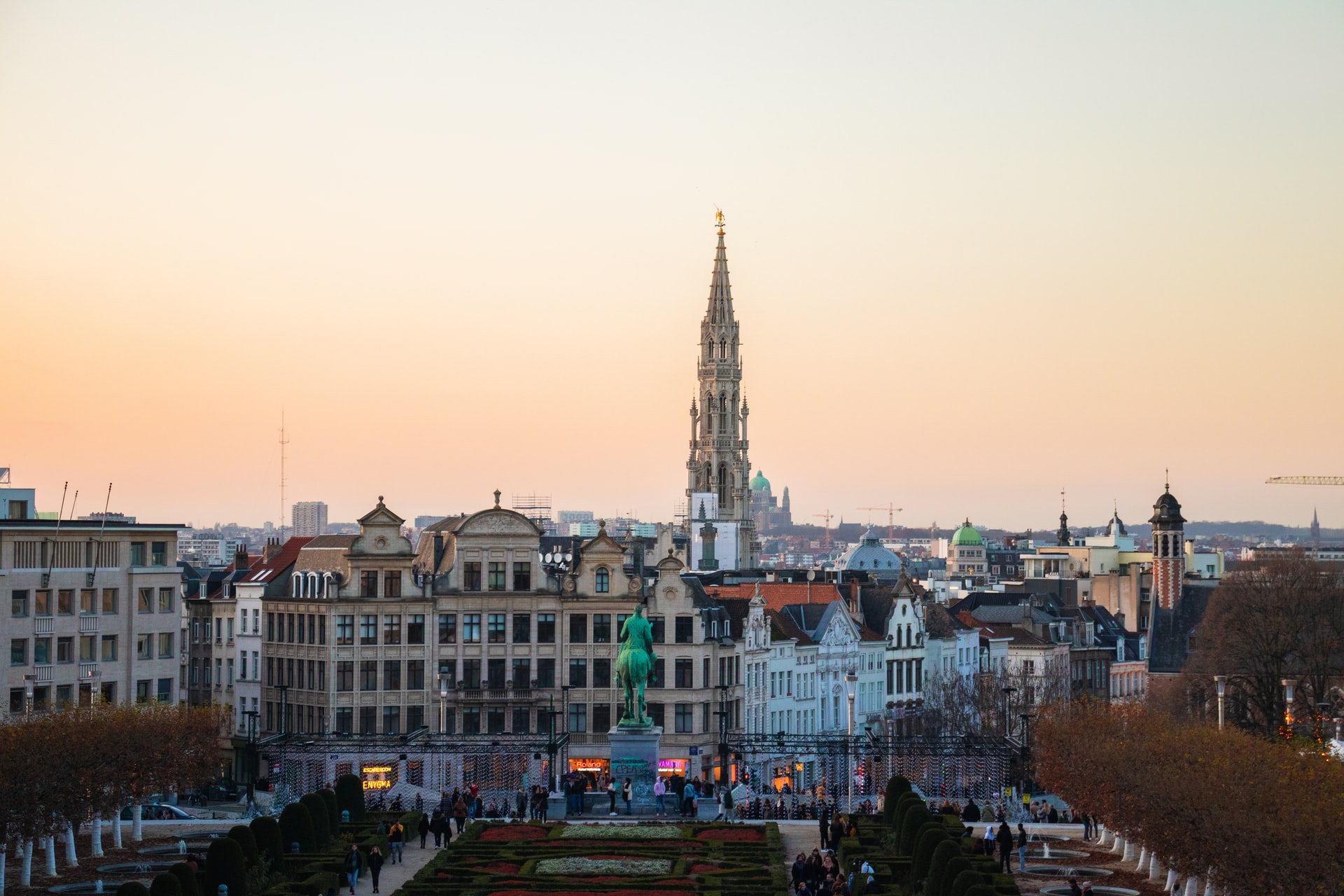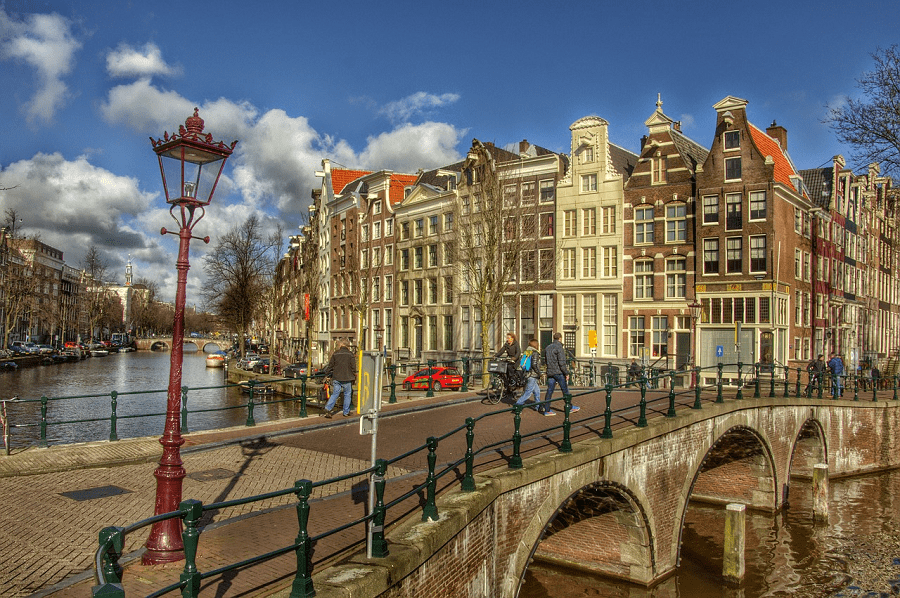UVARs are increasingly essential for cities to tackle climate change.
UVARs are increasingly essential for cities. Until recently, focused on air quality or protecting historic city centres, it is increasingly climate. Cities are at the forefront of the move to decarbonise transport. So increased use of public transport, active mobility, freight consolidation, cycle logistics etc, Electric or Fuel Cell vehicles where this is not possible. There currently are over 800 UVARs in Europe, see www.urbanaccessregulations.eu.
Figure 1. Map of UVARs in Europe, source https://urbanaccessregulations.eu/home/map
Even once sustainable mobility options are available, convenient and cost effective, there is often a resistance to change habits. UVARs can help be the final ‘kick’ to ‘encourage people with a stick or boot’ to change their transport mode. Charging schemes can, in addition, enable subsidised sustainable mobility.

Figure 2. Sometimes carrots just simply aren’t enough. Picture source Pixabey, Sadler Consultants
Increasingly fairness is an issue – those travelling sustainably take less space - valuable and scarce resource. Why should space be granted automatically at low cost for those travelling unsustainably, subsidised by us all? Parking is also the least economically beneficial use of the kerbside.
Figure 3: Revenue generated per day by different kerbside uses (Australia). Source Urbis
UVARs are also about making cities more attractive. In the 1970’s the town centre was accepted as a car park – now nobody would want to return to that, but the change was very controversial at the time.

Figure 4: City centres previously as car parks, now as amenity areas – which would you prefer? Picture sources: Ravensburg Blaserturm um 1970 Copyright Landesmedienzentrum Baden-Württemberg 01 08 1970, Lucy Sadler, Beeldbank from the city of Ghent; Databank Publieke Ruimte (Database Public Space).
We are now at a new version of that radical change to cities.
City residents currently accept the reality that they need to spend much of their time travelling for their daily needs. However, this is one of the contributing factors that make people move out of the city, and reduces the attractiveness of cities. Work-life balance is becoming increasingly important, and the cities with the best quality of life can attract the best people to live and work there. UVARs, as well as the 15-minute city concept (see e.g. C40’s 15-minute article), of which UVARs are an essential part, will reduce traveling and improve life for city dwellers, as well as being more sustainable. The time that is not spent travelling can be used for more pleasant, or economically beneficial, purposes.
Not only the locals are affected by high traffic in a city. Tourists do not travel to cities to see traffic jams. They want to see the buildings, culture, and be able to enjoy their time in the city – and UVARs help to improve their experience. Travelling around central Paris today, for example, as a tourist is so much more pleasant on foot or bike than it was, since Anne Hidalgo has implemented many 15-minute city aspects. It is not to say everything is already perfect, but it is moving in the right direction. There needs to be the alternatives to enable people and goods to access the area, before schemes are implemented, and in Paris there have been, for example, issues with lack of alternatives from the poorer suburbs, which are usually by definition where there are fewer public transport options.
A large proportion of urban trips are short distance trips, and could be done by bike or foot. Spatial interventions can often improve the use and experience of sustainable, and particularly active, modes, at relatively low cost and controversy (although taking parking spaces away can be tricky, and best with lots of work). Cities are increasingly taking a low tech approach and ‘simply’ taking road and parking space away, with large pedestrian zones, bus lanes and cycle paths, traffic blocks to prevent through traffic, Residential Areas/Encounter Zone/Superblock/Woonerfs, or circulation plans (where cars use the ring road but cyclists travel directly) etc. The numbers of Zero Emission Zones, limited traffic zones and 20-30kph are also increasing.

Figure 5: Spatial Intervention examples in Milan, Source: Valentino Sevino, Milan Agenzia Mobilita Ambiente e Territorio (AMAT)
It is also a question of fairness. Those who travel by sustainable transport take up less space than those who travel by private car. Cars are parked 95% of the time - taking up valuable real estate, either on the street or off street. When one thinks about the cost of land in cities, and road space is often given free, or cheaply, to parked cars.

When implementing UVARs, it is important to include the public. They will be aware of issues that the city authorities may not be. The more citizens are involved and understand the issues, and the less they are presented with a ‘done deal’ the easier it is for them to influence and then accept the scheme. At the same time, cities need to balance the ‘I need an exemption too’ vs genuine need.
Not only the public, but politicians also need to realise their role. Many cities have aims for “Net Zero” or “Climate Neutrality” but far fewer have actual plans to back achieve them. Nice words won’t achieve these aims, and transport is one of the key sectors in which action politicians need to take, or allow, action.
How schemes are communicated can make or break a scheme. Amongst other things people need to understand the scheme aims – which need to be clear, transparent, and tackling an accepted problem – and communicated as such. Sometimes work is needed first for people to realise the problem, perhaps involving NGOs or community groups.
An UVAR without enforcement is not an UVAR. Spatial interventions and tactical urbanism is often ‘self-enforcing’, and low tech, although eg cameras on buses to enforce bus lanes for example, can be really effective, where permitted. However, ‘regulatory / banning’ or charging UVARs need active enforcement. Camera enforcement is the most commonly used and effective active enforcement method for UVARs.
New technology such as Intelligent Speed Assistance (ISA) can prevent vehicles speeding. These could be used as a permit requirement for Limited Traffic Zones, a requirement for taxi / bus licenses, or helping enforce school or 20kph zones.
These and more issues to implement UVARs are covered in the ReVeAL Guidance.
If you are implementing, or considering implementing an UVAR, please do use the ReVeAL UVAR development toolkit. https://civitas-reveal.eu. For information on UVARs around Europe, see the user-friendly European UVAR databank https://urbanaccessregulations.eu, and there is also a free newsletter for those working in public authorities who are interested in UVARs, register here.








